Two-stage Ejector Refrigeration System CFD Simulation, ANSYS Fluent Training
Two-stage Ejector Refrigeration System CFD Simulation, ANSYS Fluent Training
- Upon ordering this product, you will be provided with a geometry file, a mesh file, and an in-depth Training Video that offers a step-by-step training on the simulation process.
- For any more inquiries regarding the product, please do not hesitate to reach out to us at info@CFDLAND.com or through our online support assistant.
€210 Original price was: €210.€155Current price is: €155.
The two-stage ejector refrigeration system offers an exciting way to create cooling without using much electricity! This clever cooling technology uses high-pressure steam or gas to do the hard work instead of expensive mechanical compressors. First of all, the ejector device works like a vacuum cleaner by using fast-moving primary flow to pull in and compress the slower secondary flow from the evaporator. Additionally, the two stages working together make the system much more efficient than single-stage designs, which helps save energy and money. Moreover, the special nozzle design in these systems turns pressure energy into speed energy, creating a powerful suction effect that keeps the refrigeration cycle running smoothly. In the current CFD study that relies on the reference paper “Performance analysis of a two-stage ejector in an ejector refrigeration system using computational fluid dynamics”, a two-stage ejector refrigeration system is analyzed.
- Reference [1]: Dong, Jing-Ming, et al. “Numerical investigation of miniature ejector refrigeration system embedded with a capillary pump loop.” Micromachines8 (2017): 235.

Figure 1: Schematic of two-stage ejector
Simulation Process
Due to the symmetrical design of the two-stage ejector, only half of it is drawn. The grids are composed of structured quadrilateral elements. The high-speed flow in each stage of ejector leads to compressibility of water vapor. This is why the ideal gas density approach is adopted. Avoiding backflow or reverse flow is very challenging because of separate ejectors. It is solved by employing suitable boundary conditions.

Figure 2: Designed Geometry model
Post-processing
Looking at the temperature picture, we can see an amazing temperature journey inside our two-stage ejector! The hot steam starts at the left side at 333.2K and then cools down dramatically as it rushes through the narrow primary nozzle. We achieved a significant temperature drop of over 160K from the inlet to the coolest region, reaching temperatures as low as 173.1K in the middle section where the mixing chamber is located. This super-cooling happens because the fast-moving steam suddenly expands, just like how spray cans feel cold when you use them. Also, notice how the temperature starts low in the middle parts and then gradually warms up again as the mixed gases move through the diffuser section toward the right side. The second stage of the ejector creates another cooling zone where more refrigerant gets pulled in, showing exactly how this clever two-stage design helps create more cooling power than a simple one-stage system would.
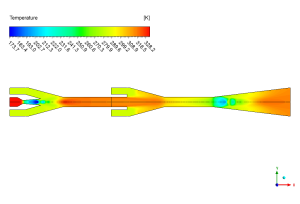
Figure 3: Temperature distribution in two-stage ejector refrigeration system
The velocity picture tells us even more exciting things about how our two-stage ejector works! The steam starts slowly but then zooms to super-fast speeds of up to 147.5 m/s (that’s about 530 km/h!) as it squeezes through the narrow primary nozzle. We precisely mapped the acceleration patterns showing velocity increases of over 140 m/s in key regions of the ejector. The fastest spots appear right at the exit of the narrow openings, creating powerful suction that pulls in more fluid from the sides. Furthermore, the way the speed changes throughout the system is just like a roller coaster – fast, then slow, then fast again at the second stage! This special pattern of speeding up and slowing down is exactly what creates the pressure recovery needed for the refrigeration cycle to work properly. Also, see how the speed gradually decreases in the wide part at the right end? This slowing down is super important because it converts speed energy back into pressure energy, which is exactly what we want for efficient cooling. This perfect speed control throughout the ejector device is what makes the entire cooling system work so well!
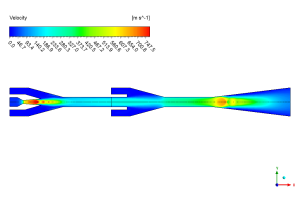
Figure 4: Velocity field within the two-stage ejector
We pride ourselves on presenting unique products at CFDLAND. We stand out for our scientific rigor and validity. Our products are not based on guesswork or theoretical assumptions like many others. Instead, most of our products are validated using experimental or numerical data from valued scientific journals. Even if direct validation isn’t possible, we build our models and assumptions on the latest research, typically using reference articles to approximate reality.
Yes, we’ll be here . If you have trouble loading files, having technical problems, or have any questions about how to use our products, our technical support team is here to help.
You can load geometry and mesh files, as well as case and data files, using any version of ANSYS Fluent.
€255 Original price was: €255.€135Current price is: €135.

€195 Original price was: €195.€145Current price is: €145.

€265 Original price was: €265.€135Current price is: €135.

€165 Original price was: €165.€125Current price is: €125.

€205 Original price was: €205.€155Current price is: €155.














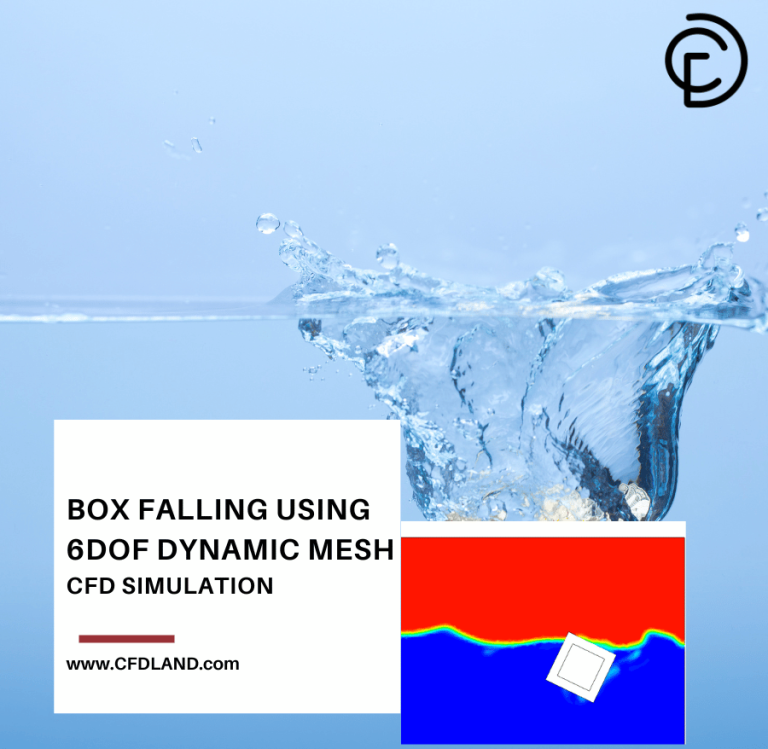
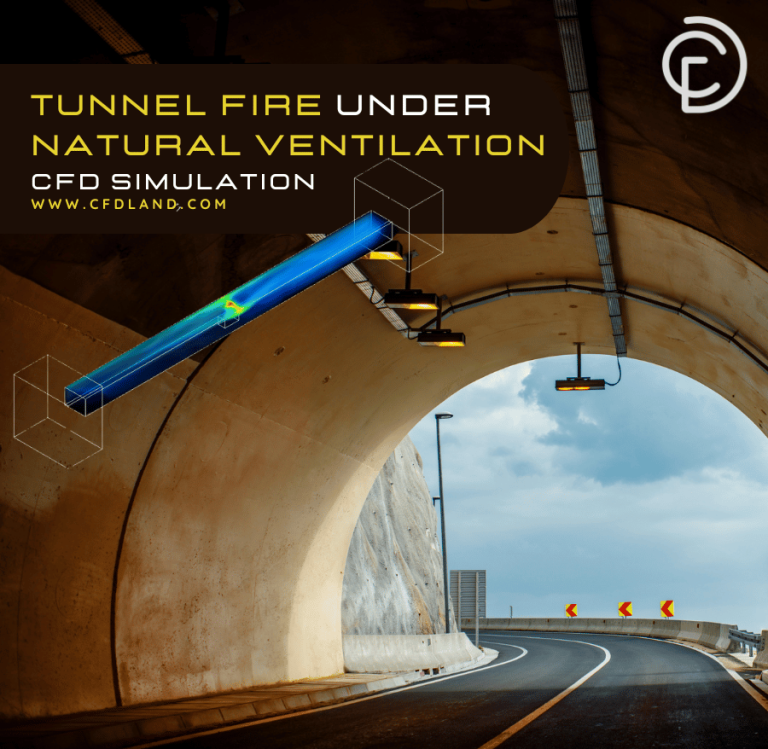
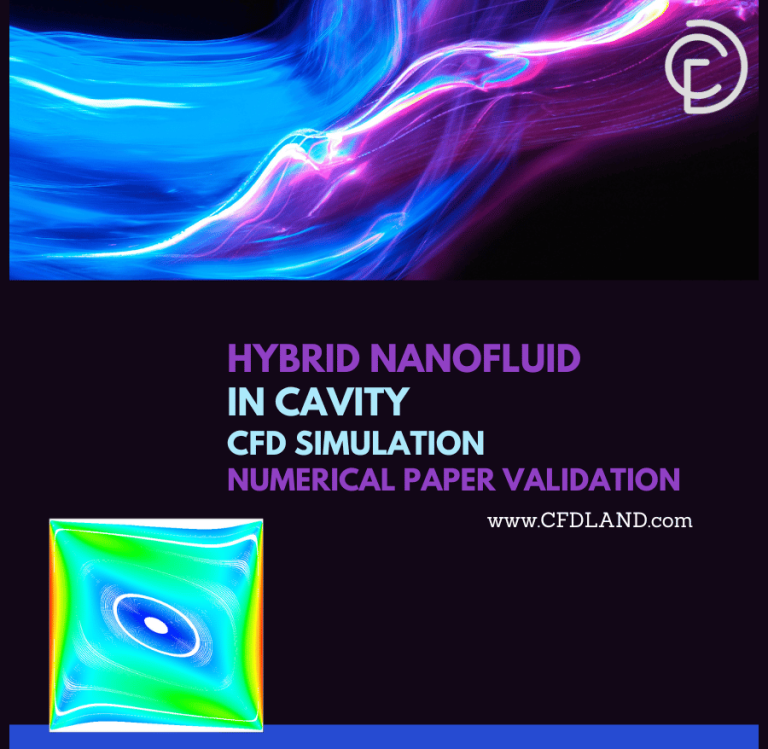
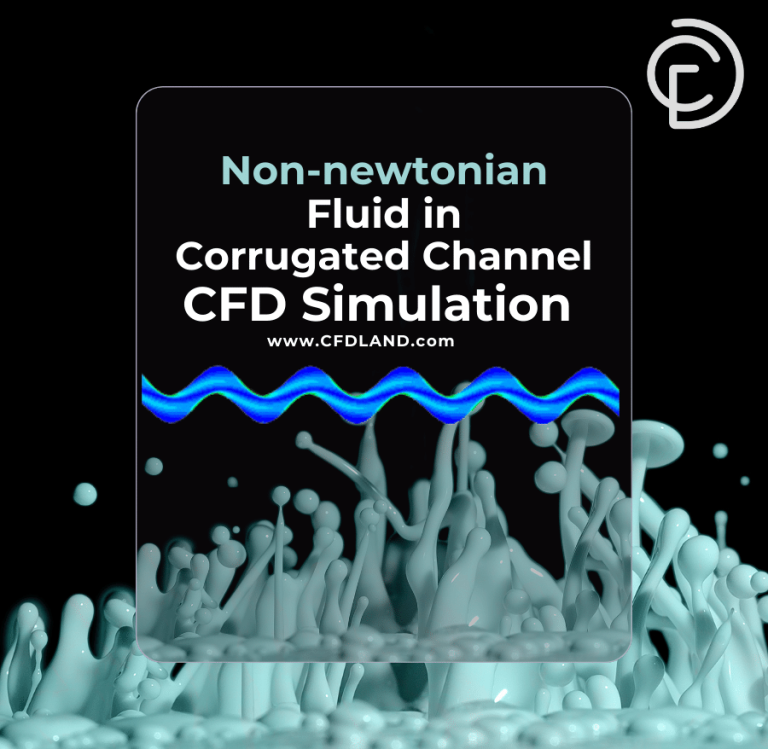
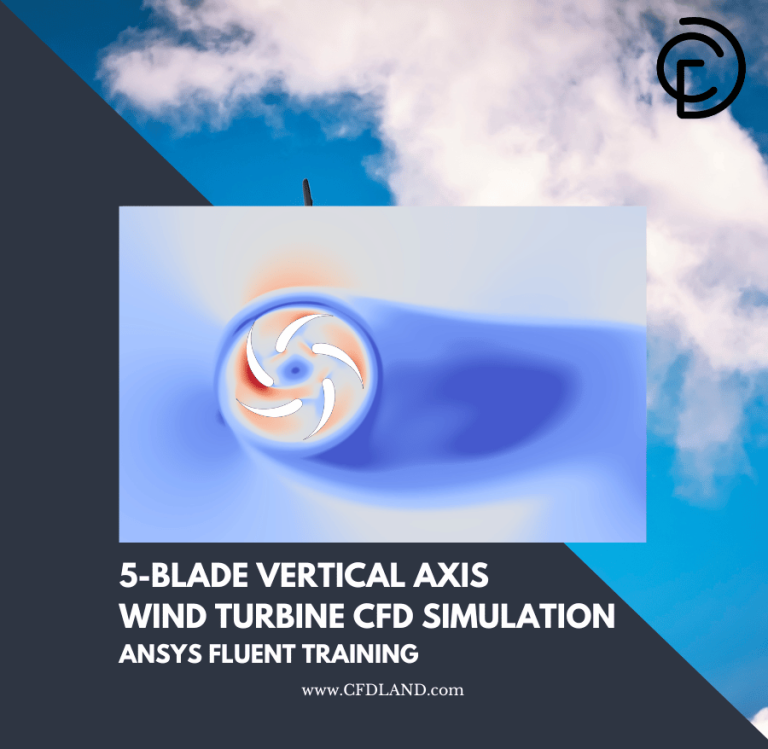
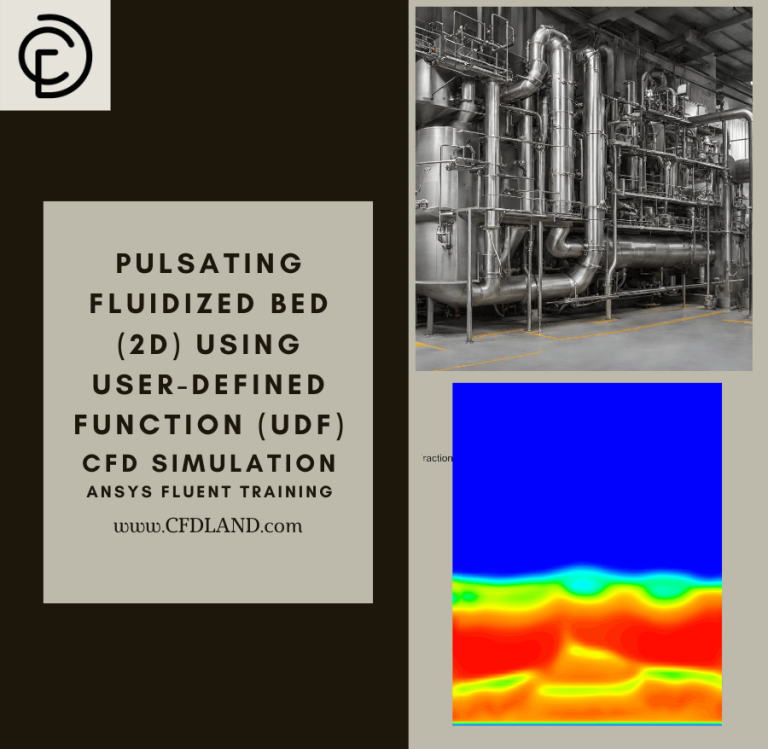
Reviews
There are no reviews yet.